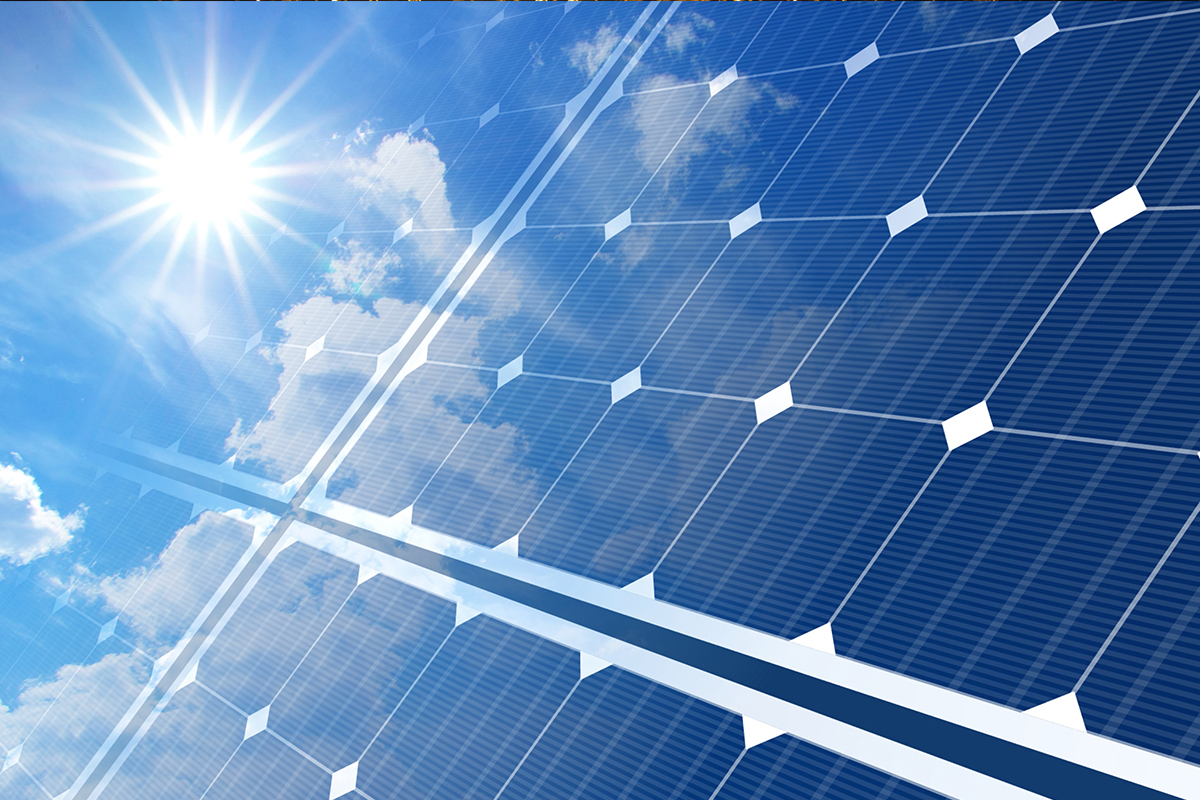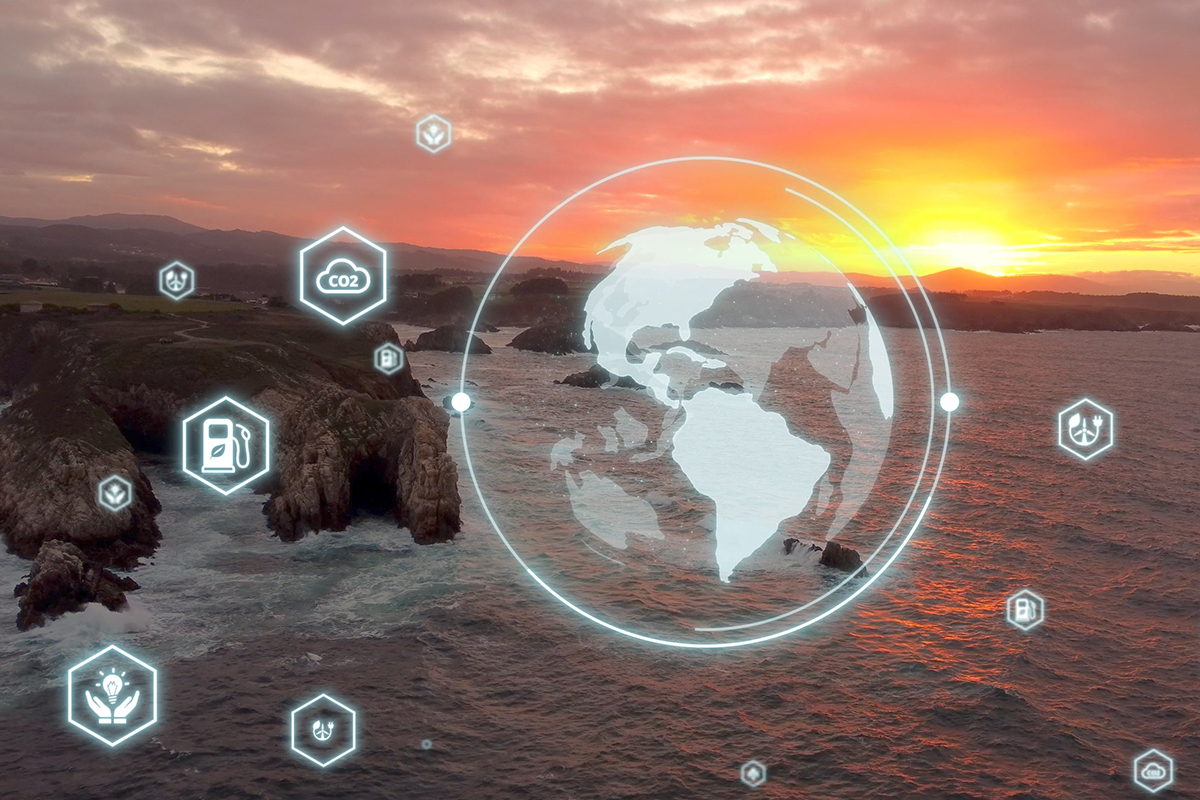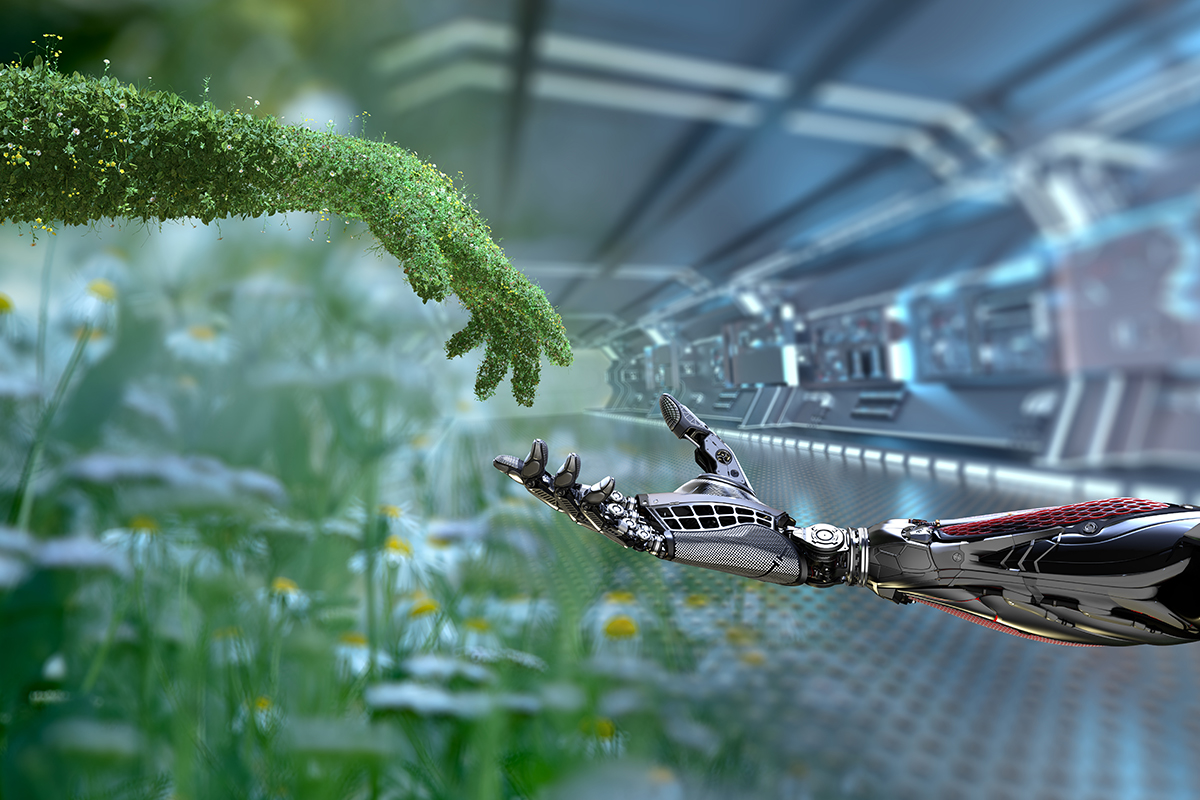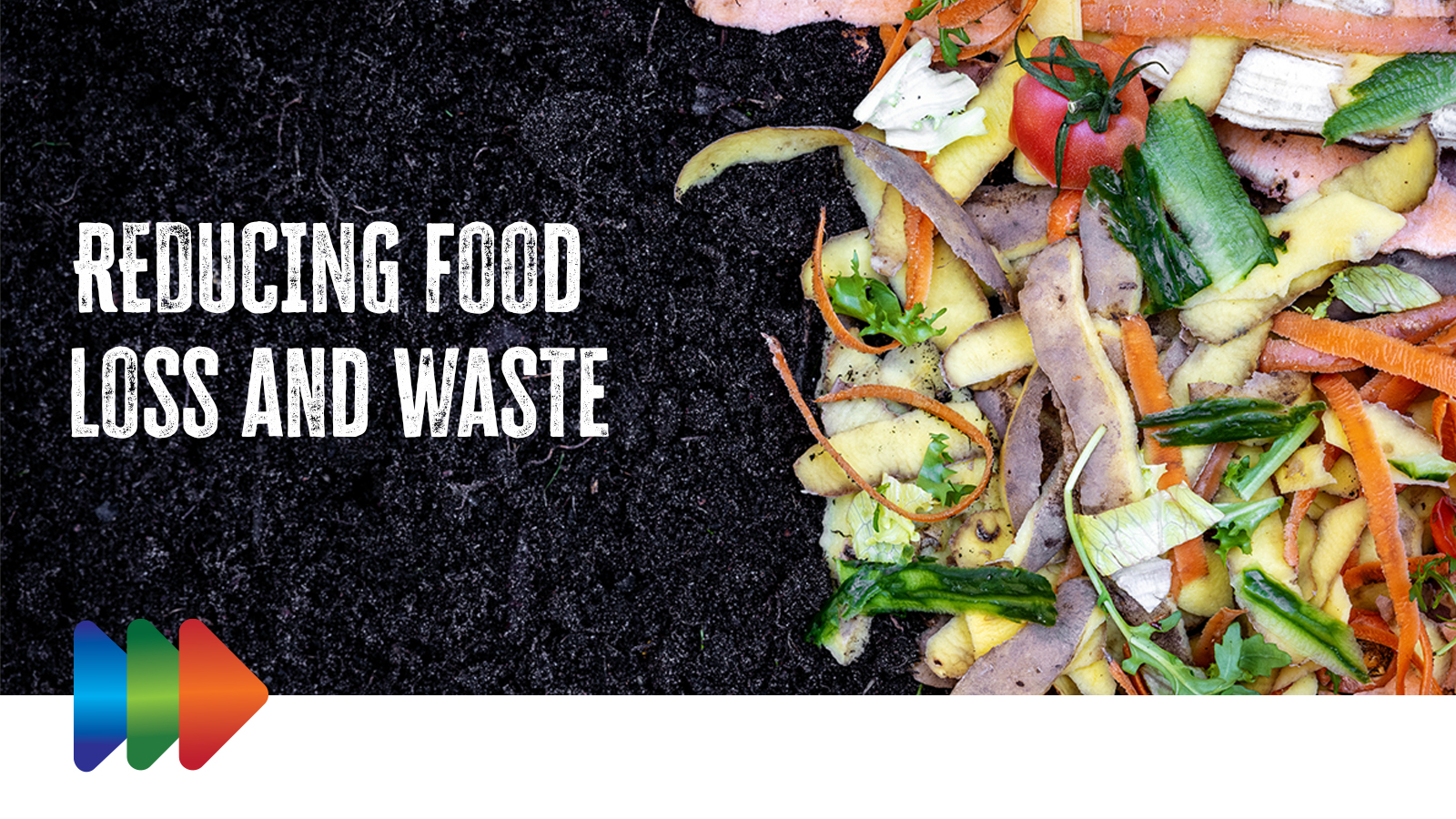
Photonics for reducing of food waste
Reducing food waste can be achieved by planning your meals, storing food properly, composting food scraps and donating excess non-perishable items. This is what you can do. But way before we even buy the food, photonics can already plan a role in reducing food waste. Here is how…
While growing
Farmers can use lasers and optical sensors to accurately monitor the health and ripeness of their crops. This allows for precise harvesting, ensuring that fruits and vegetables are picked at their peak freshness, minimizing spoilage in the field. Greenhouses can be equipped with special structured optical foils to let in more light. For indoor farming, light manipulation can be used to develop more energy-efficient and eco-friendly lighting systems. Using photonics, growers can make informed decisions and optimizing conditions for crop growth, resulting in better-quality produce that reaches our tables with less waste.
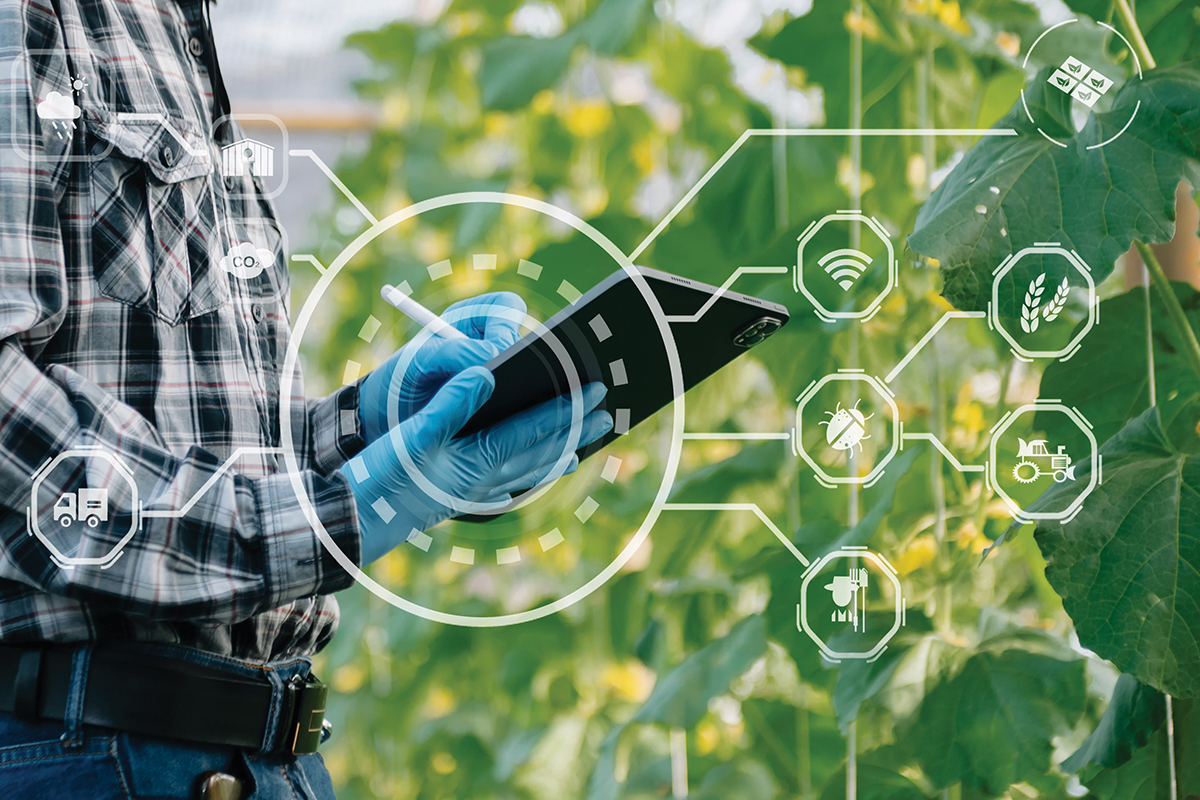
Before processing
We can use light to inspect and sort harvested fruits and vegetables more accurately and efficiently. These systems can identify imperfections, enabling us to separate high-quality produce from those that may spoil faster. Light can also help in monitoring and controlling the quality and freshness of the food, so fruits or vegetables can be sold or processed before it spoils, reducing the amount of food waste. Using photonics, processing food becomes most efficient as it enables non-invasive, high-speed quality checks for our food to provide information such as water, sugar and protein content.
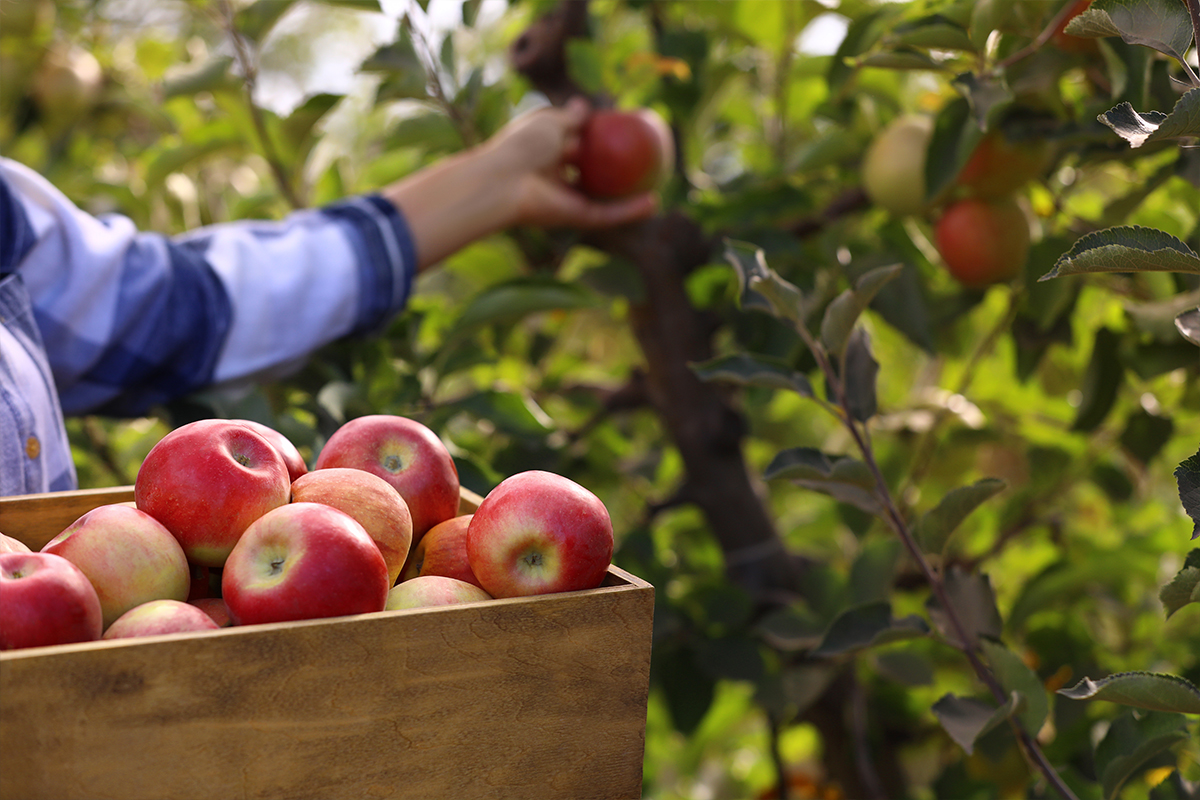
During processing
Sorting and quality control systems can be used before processing to identify and remove imperfect or contaminated items from the production line. During processing, lasers and optical sensors can be used to inspect food products to ensure that only high-quality items are packaged, reducing the likelihood of spoilage. During packaging, innovative packaging materials can be used that block the light that degrades vitamins and flavours, thus maintaining food quality and extending shelf life.
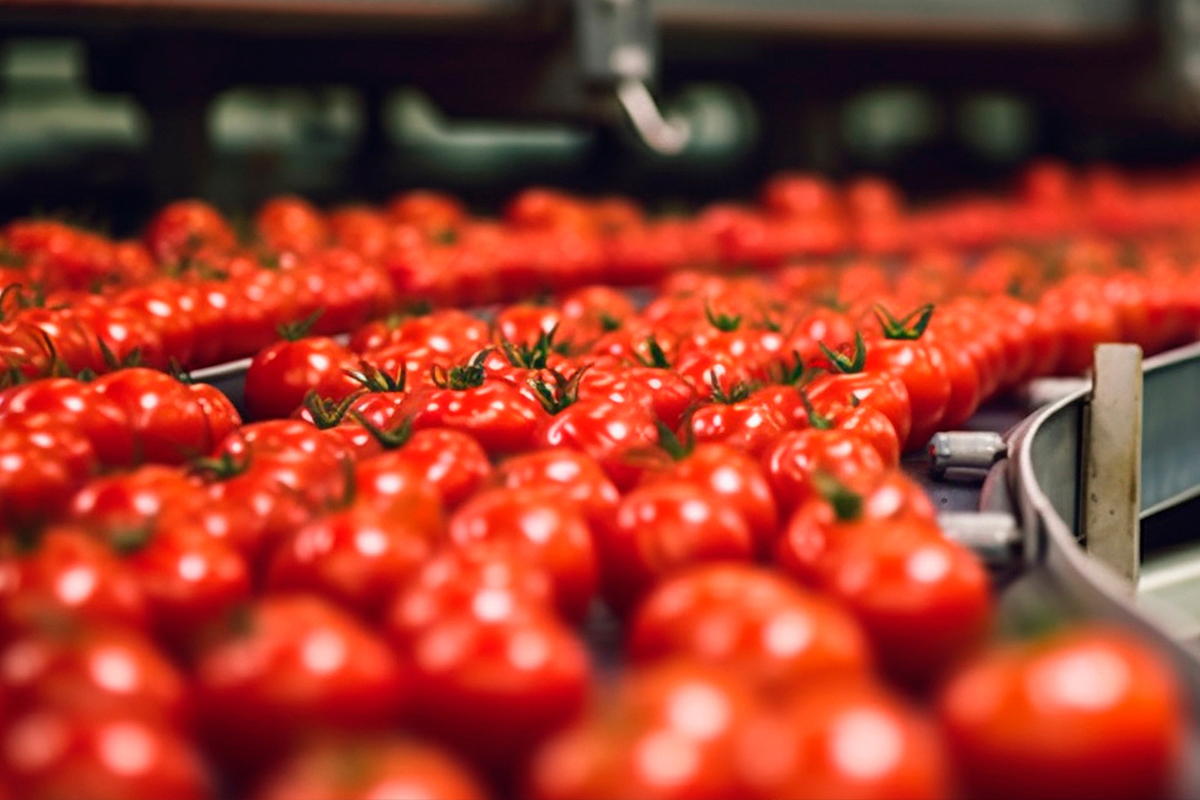
During storage
Packaging can be equipped with smart labels with indicators that change color or provide digital readouts in response to factors like temperature, humidity, and gas levels within the packaging. Optical sensors can be used to control the temperature, humidity, and gas concentrations in storage facilities, to keep our food fresher for longer.
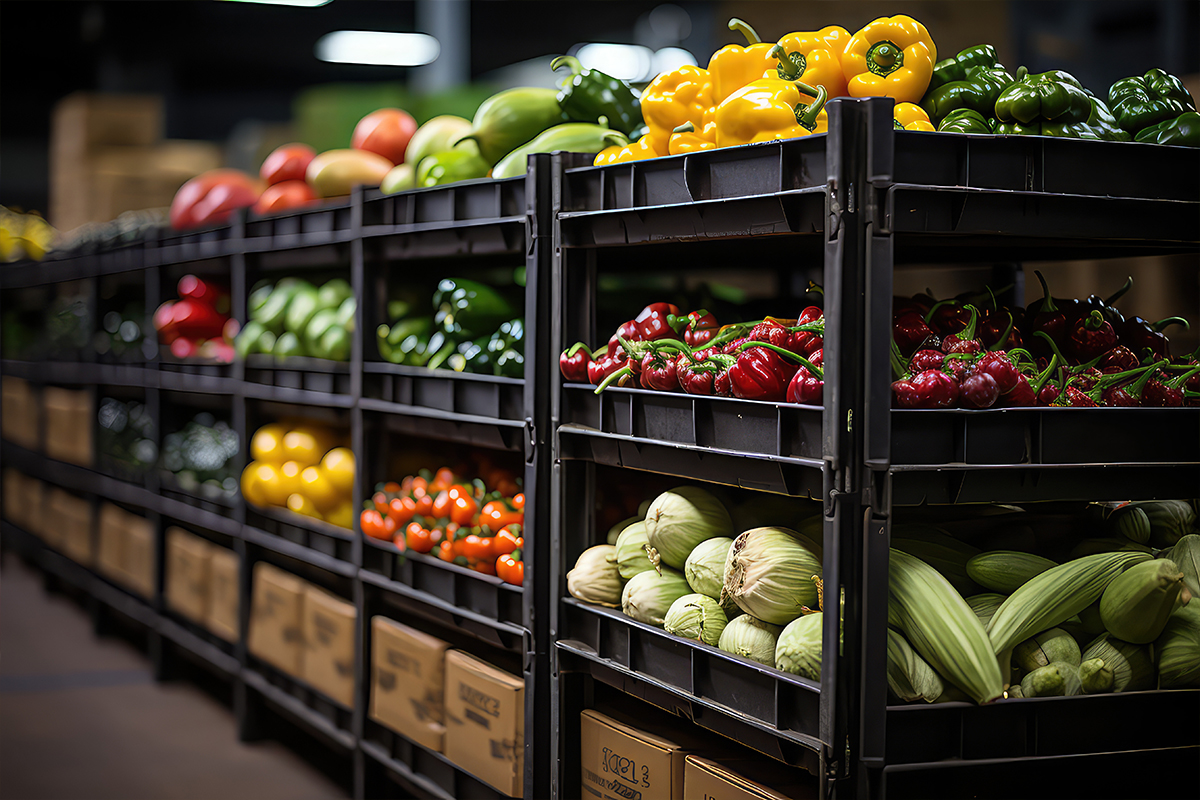
At the consumer
Our smart devices, like smart phone, are already equipped with many different sensors. In some cases even already sensors that can be used for food analysis. With the right software and apps, these can be used to not only get more awareness in what we eat, but also when we should eat, so we can consume foods before they are spoiled.

Want to know more?
Photonics offers a range of tools and techniques that can be used to prevent food waste and improve the quality and safety of our food supply.
By leveraging these technologies, we can reduce the amount of food that is wasted each year and help create a more sustainable food system.
Want to get in touch with companies supplying photonics based solutions o prevent food waste? Contact us at info@photonics4.com



